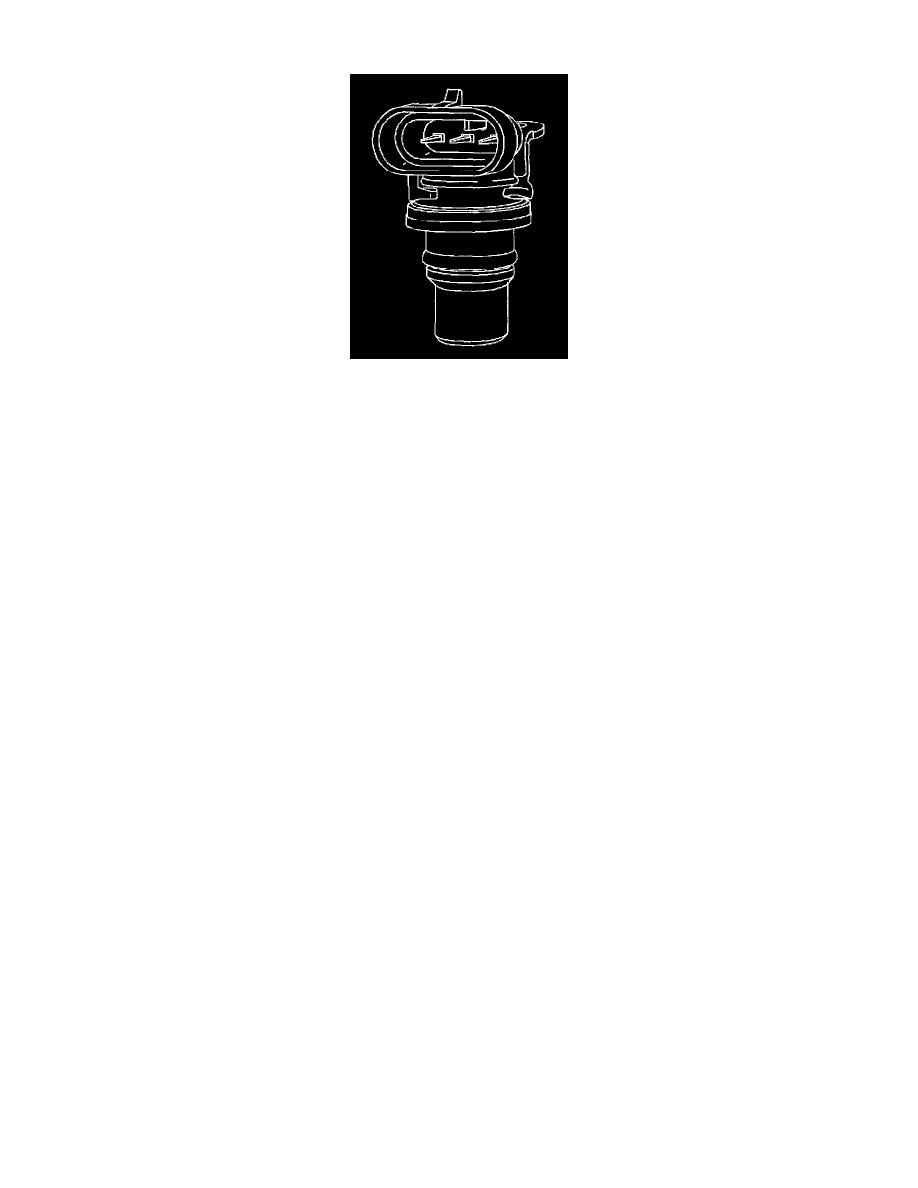Cavalier L4-2.2L VIN 4 (1998)

Camshaft Position Sensor: Description and Operation
IMPORTANT: Preform a Crankshaft Position System Variation Learning Procedure any time you make a change to the crankshaft sensor to crankshaft
relationship. Changing the crank sensor to crankshaft relationship will not allow the PCM to detect a misfire at all speeds and loads accurately. Resulting
in possibly setting a false misfire DTC. Removing a part for inspection and then reinstalling the same part is considered a disturbance. A false DTC
P0300 could set if you do not perform this procedure. Refer to Crankshaft Position System Variation Learning Procedure.
The Camshaft Position Sensor (CMP) is used to correlate crankshaft to camshaft position so that the Powertrain Control Module (PCM) can determine
which cylinder is ready to be fueled by the injector. The CMP sensor is also used to determine which cylinder is misfiring when misfire is present. If the
PCM receives an intermittent signal from the CMP, then the CMP Resync Counter will increment. When the PCM cannot use the information from the
CMP sensor, a DTC is set and the PCM will fuel the engine using the Alternating Synchronous Double Fire (ASDF) method. This sensor has no effect
on the EI system.
A malfunction in the CMP sensor circuits will cause a DTC P0341 or P0342
